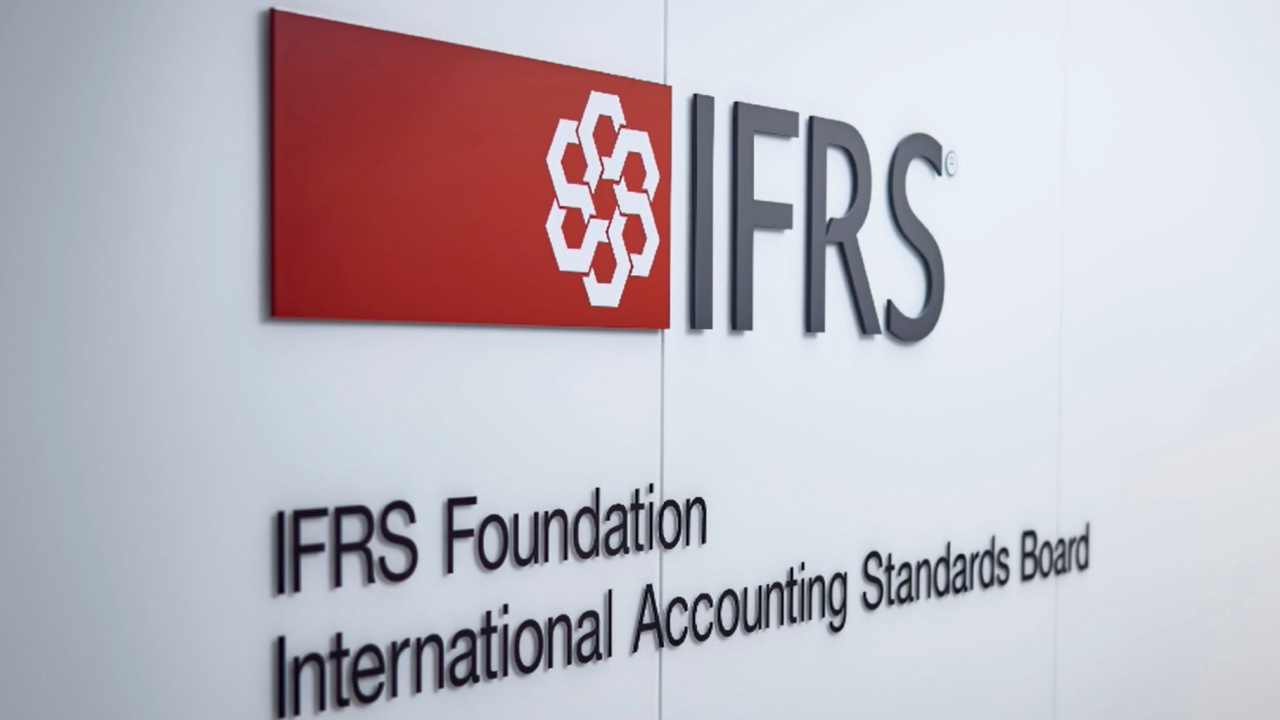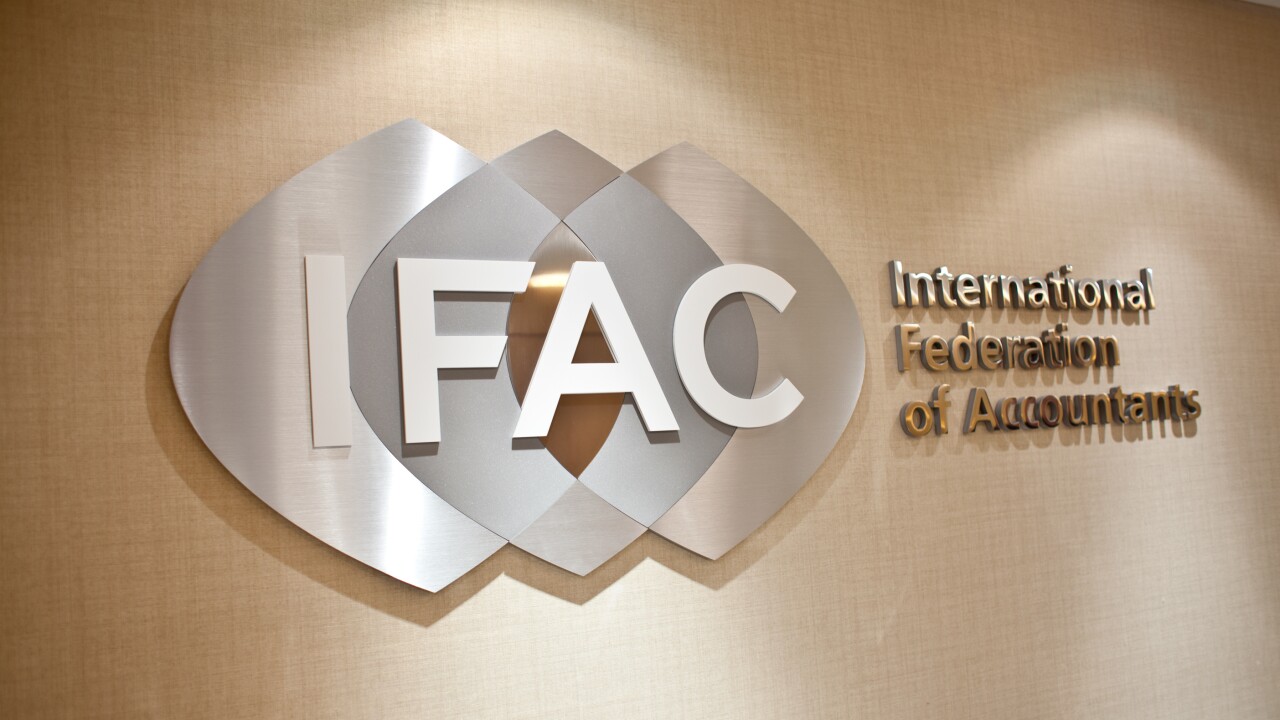Almost since the enactment of the SECURE Act in December 2019 as part of the Consolidated Appropriations Act, 2020, Congress has been working on further refinements to enhance retirement saving efforts. At last, more than two years after enactment of the SECURE Act, the House passed the Securing a Strong Retirement Act of 2022 (SECURE 2.0) on March 29, 2022, by a vote of 414-5, reflecting strong bipartisan support.
That bipartisan support also exists in the Senate, although some further tinkering with the provisions is generally expected, which is likely to further delay final enactment. The changes are almost all favorable to plan administrators and participants.
Although much discussed, the House-passed version does not include the elimination of Roth conversions. It remains to be seen how long it will take the Senate to act on the legislation and what changes the Senate might make when they do take up the legislation.












